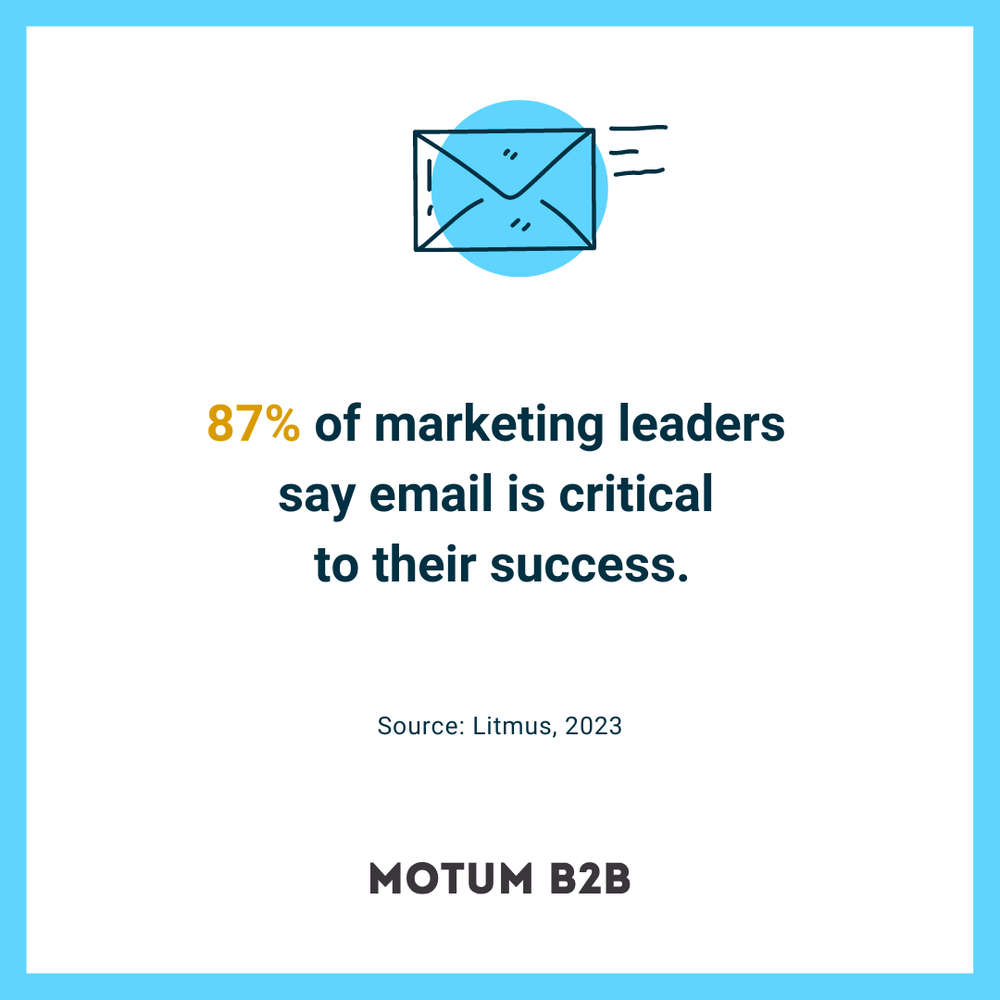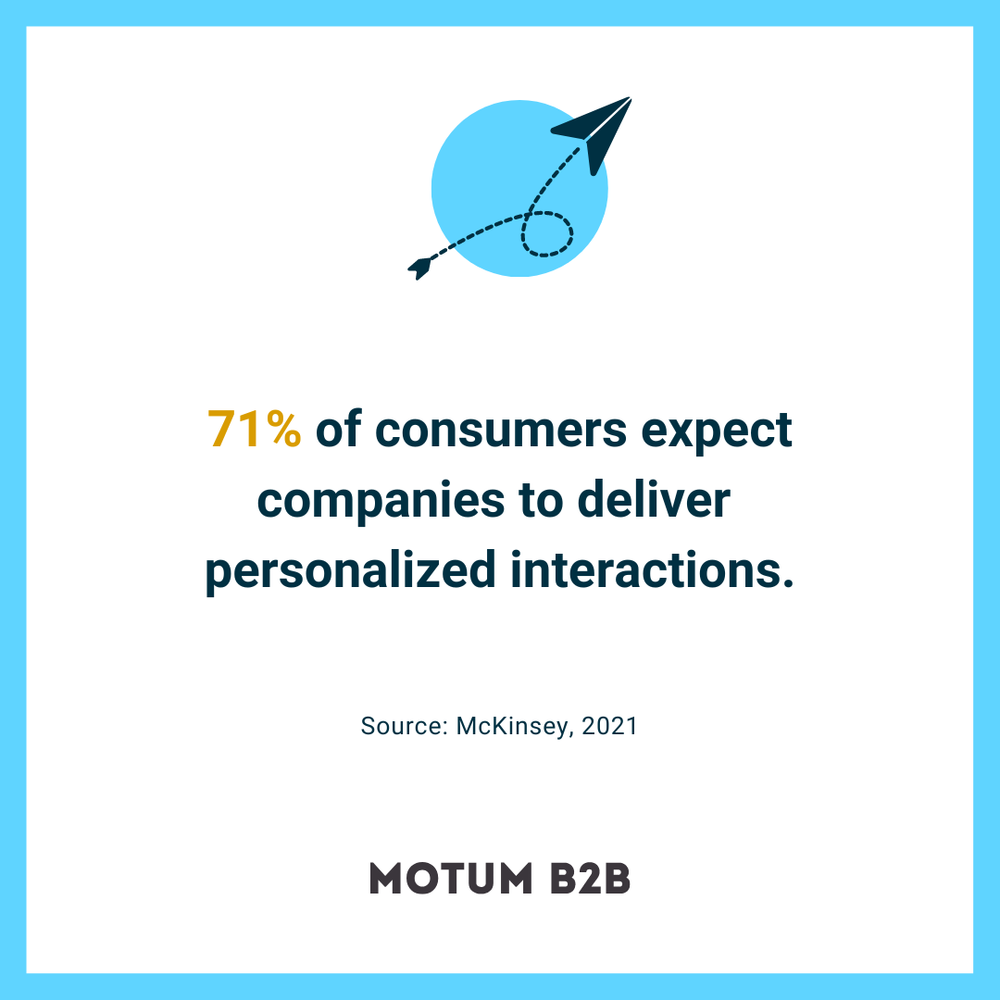Finding success with email marketing as a B2B brand
Whether you already have an email marketing strategy in place or don’t know where to start, here’s what you should be thinking about before you hit send.

According to Litmus’ 2023 The 2023 State of Email Workflows Report, email was deemed critical to a company’s success by 87% of marketers and was tied with social media as the top channel used by marketing leaders.
In short, email is important. If you can do it right, not only will you appeal to users at any stage of the buying journey, but you can potentially convert them into loyal ambassadors of your brand.
Here’s what you should know when putting emails together.
Make it personal
It feels good to be noticed, and personalization is all about replicating that feeling for your audience. If you know a lot about the people receiving it, you’ll know what your email should look like, sound like, what content you’re including, and how often you should be sending it out. It will also help you get granular, like deciding what CTAs to include for people in specific industries or applications.
It’s also something people want, with a McKinsey study finding that 71% of consumers expect companies to deliver personalized interactions and 76% get frustrated when it doesn’t happen.
There are several ways you can do this, including using someone’s first name to engage them directly, personalizing it to their position at a company, sending it to someone who is interested in a particular product category, or engaging someone at a specific point in their buying journey.
There’s also something to say for personalizing emails so it comes from a specific person within your organization rather than the brand itself. While it may not be suitable every time, and choosing the right person is important, it can be beneficial for those late-funnel communications.
As mentioned above, you’ll need to collect relevant data to do this effectively. As you do, make sure you’re approaching it ethically, transparently, and with the best interests of your customers in mind.

Subject matters
How many times have you moved an email straight to junk after reading its subject line? We’re going to guess a lot, and you’re not the only one. In fact, it's been reported by Mailchimp that the average open rate across all industries is just 35%, and we're willing to bet most of that 35% had compelling and attention-grabbing subject lines.
When you’re putting one together, there are a few guidelines we stick to so you can ensure you’re making a great first impression:
- Keep it short but sweet. Mailchimp recommends keeping it to a maximum of nine words and 60 characters. Salesforce says to keep it to 50 characters or less.
- Personalize it. As already noted, you’ll get more interaction if you can personalize an email to whoever is receiving it.
- Keep it human. Especially at a time where AI and its role in content is under intense discussion, it’s important to remember you’re talking to a human. Make it engaging, emotional, and authentic.
Think beyond email
Your email is only one vertical of your marketing strategy. Alongside something like a newsletter, you’ll have social media, blog content, and more supporting your efforts. As you’re putting an email marketing strategy together, think about how it works to complement other elements of your brand.
For example, if you want people to sign up for a demo, is the landing page and form on your website easy to find and complete? If you’re publishing articles on LinkedIn, could you include those in the newsletter?
It’s worth remembering that marketing is a two-way street. In the same way you want a customer to act, they’re going to want to feel they’re receiving value in return (especially if they’re giving up their email address). Perhaps, in exchange for signing up, you could offer something like access to a whitepaper, discount code, or consultation with an expert.

Test, test, test
One of the things that makes email marketing unique is that, once you hit send, it’s sent. There’s no room to edit anything or swap your content out, so you want to make sure you’ve got it right the first time.
To do that, put time into the testing phase. Make sure you’re sending your emails internally before they’re sent out to your lists. Look at how your emails look on different email clients, on mobile devices, and in dark mode.
Also lean into A/B testing to continue improving your output as you go. Once an email has been sent, track its performance, gather relevant data, and refine your strategy as you go.